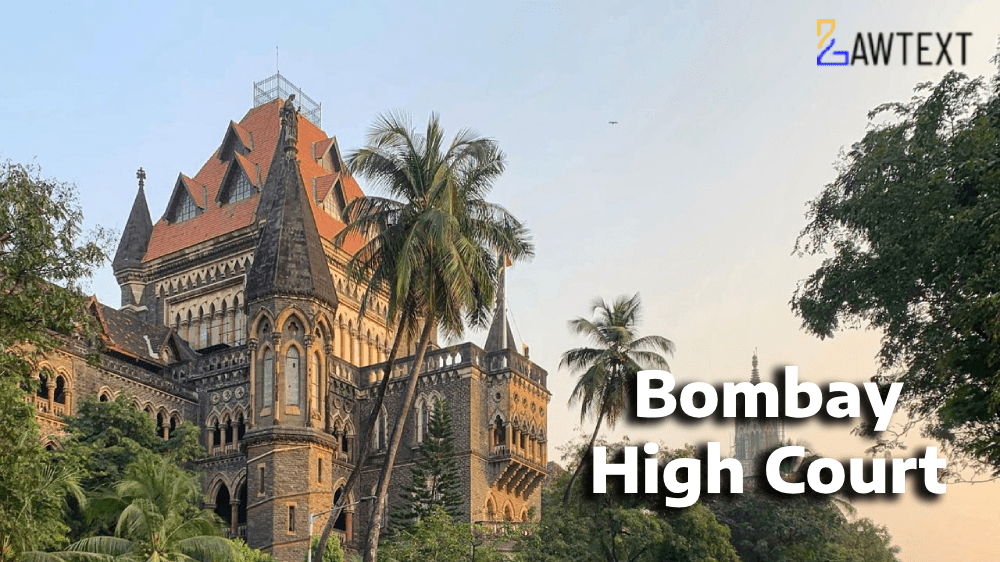CASE NOTE & SUMMARY
The Plaintiff sought a decree on admission under Order XII Rule 6 of the Civil Procedure Code (CPC), based on alleged admissions by the Defendants regarding ownership of a disputed property. The court found no clear, unconditional, and unequivocal admissions by the Defendants that would warrant such a decree. Consequently, the Plaintiff's application was dismissed, and the Trial Court's order rejecting the application was upheld. The court also directed the expedited determination of the suit within one year.
Constructive Admission Argument
- Plaintiff's Argument: Constructive admission should be derived from pleadings even if not unequivocal, unconditional, specific, or express.
- Reference Case: Shikharchand Vs. Bari Bai (Madhya Pradesh High Court)
- Explanation by G.P. Singh, J.: Rule 6 of Order 12 CPC corresponds to Rule 5 of Order 32 of the Supreme Court Rules (English), now Rule 3 of Order 27.
- Case Discussed: Ellis V. Allen - Admission used for ejectment decree.
- Conclusion: Rule 6 allows admissions made in pleadings or elsewhere during the trial.
Supreme Court Approval and Discretionary Nature
- Supreme Court Judgment: Karam Kapahi and Ors. Vs. Lal Chand Public Charitable Trust and Anr.
- Nature of Rule 6: Enabling, discretionary, and pervasive, not mandatory.
- Application to Current Case: Plaintiff's claims do not match suit property in terms of area or averment.
Additional Supreme Court Reference
- Case Cited: Karan Kapoor Vs. Madhuri Kumar (Civil Appeal No. 4545 of 2022)
- Legislative Intent: Use of the word "may" indicates discretion.
- Discretionary Power: Specific, clear, and categorical admissions needed to bypass trial.
Opposition and Pleadings
- Defendants' Opposition: Longstanding dispute since 2010.
- Exhibit "K": Defendants' substantive dispute with Development Agreements and Power of Attorneys from 2001.
- Order XII Rule 6: Constructive admission cannot be made out from previous counter-claims.
Trial Court Findings and Directions
- Trial Court Decision: Agreement with Trial Court's findings; no interference.
- Application Dismissed: Plaintiff's application under Order XII Rule 6 is frivolous.
- Court's Directions: Expedited determination of suit within one year; Defendants to file written statements within 4 weeks.
Conclusion
- CRA Dismissed: No decree on admission granted.
- Trial Court Instructions: Proceed without influence from previous observations, determine suit based on evidence.
Citation: 2024 Lawtext (BOM) (6) 137
Case Number: CIVIL REVISION APPLICATION (STAMP) NO. 2160 OF 2024 WITH INTERIM APPLICATION NO. 2017 OF 2024 IN CIVIL REVISION APPLICATION (STAMP) NO. 2160 OF 2024
Date of Decision: 2024-06-13
Case Title: Jayant Maniklal Lunawat Versus Sunil Mohan Balwadkar and Others
Before Judge: MILIND N. JADHAV, J.
Advocate(s): Mr. Virendra Tulzapurkar, Senior Advocate a/w. Mr. Rashmin Khandekar, Mr. Devash Bheda and Mr. Parth Jasani, Advocates i./by M/s. Purnanand & Company for Applicant. Mr. Anil Anturkar, Senior Advocate a/w. Mr. Dormaan Dalal, Mr. Amey Deshpande, Mr. Hari Shetty and Mr. Harsh Nishar, Advocates for Respondents.
Appellant: Jayant Maniklal Lunawat
Respondent: Sunil Mohan Balwadkar and Others

